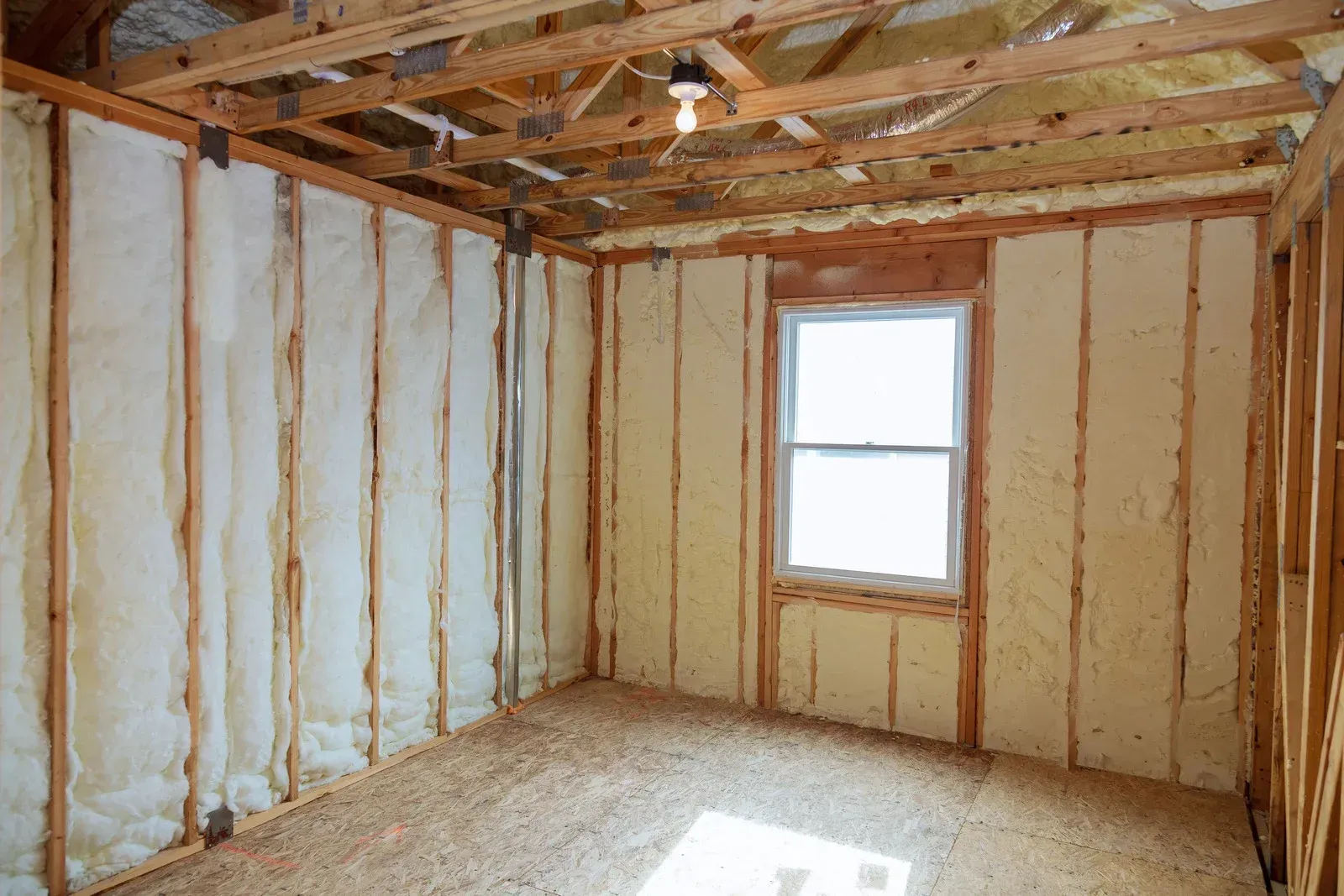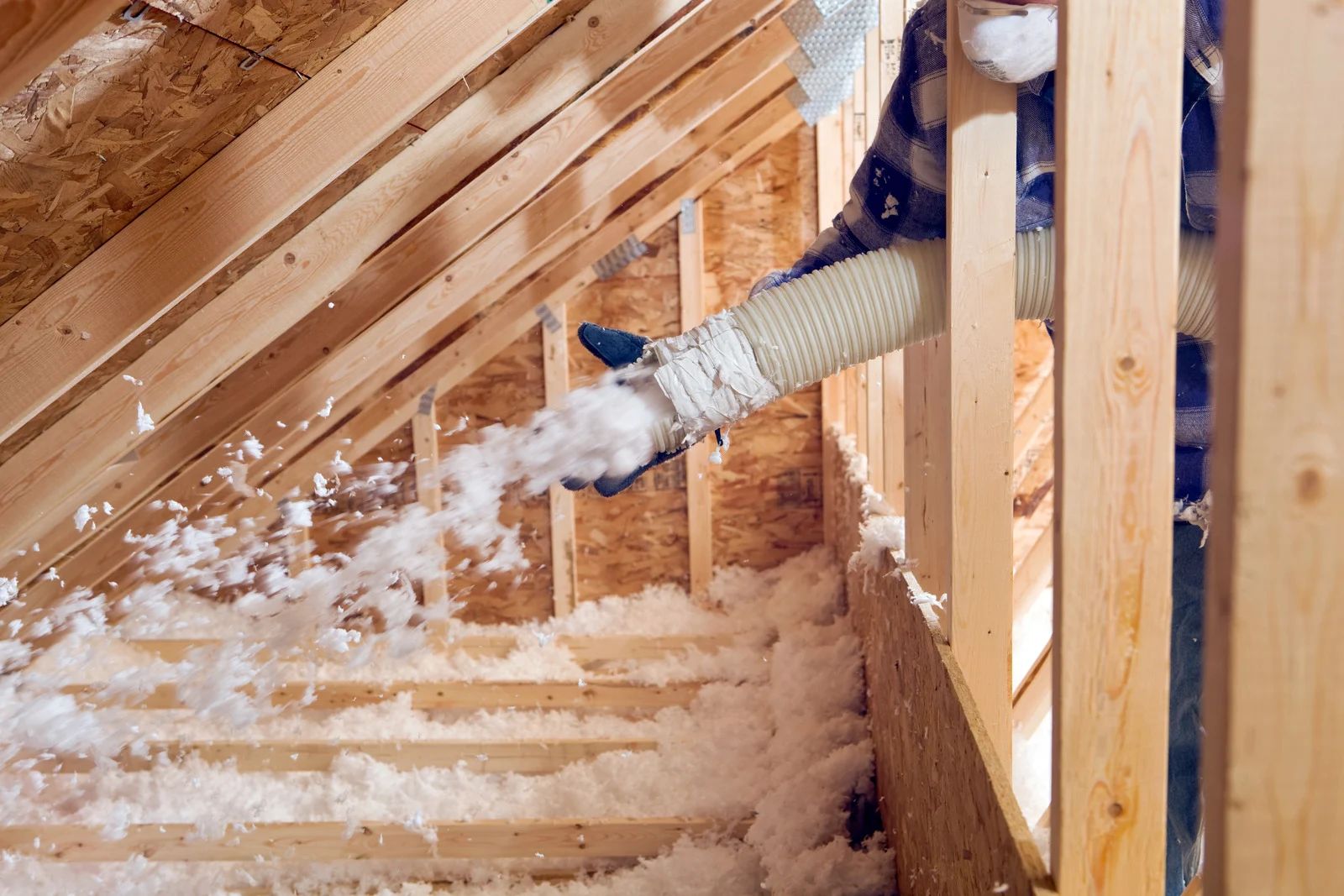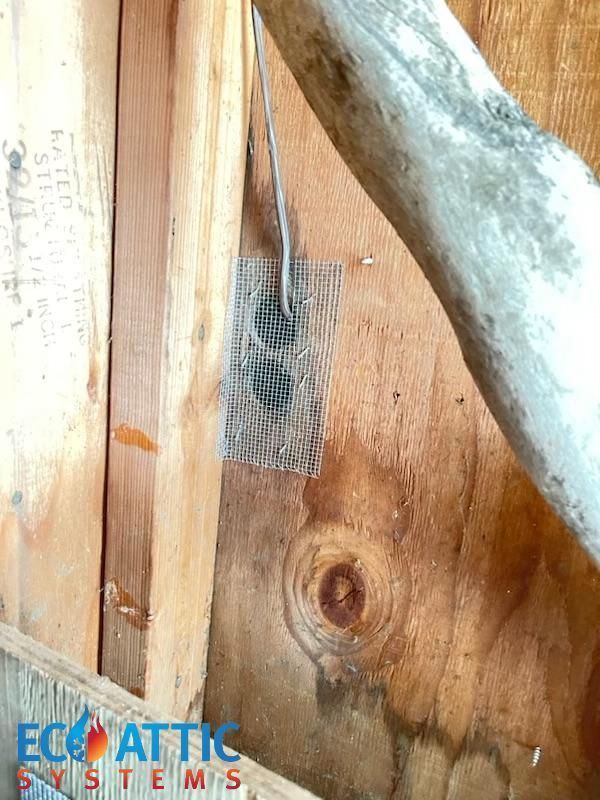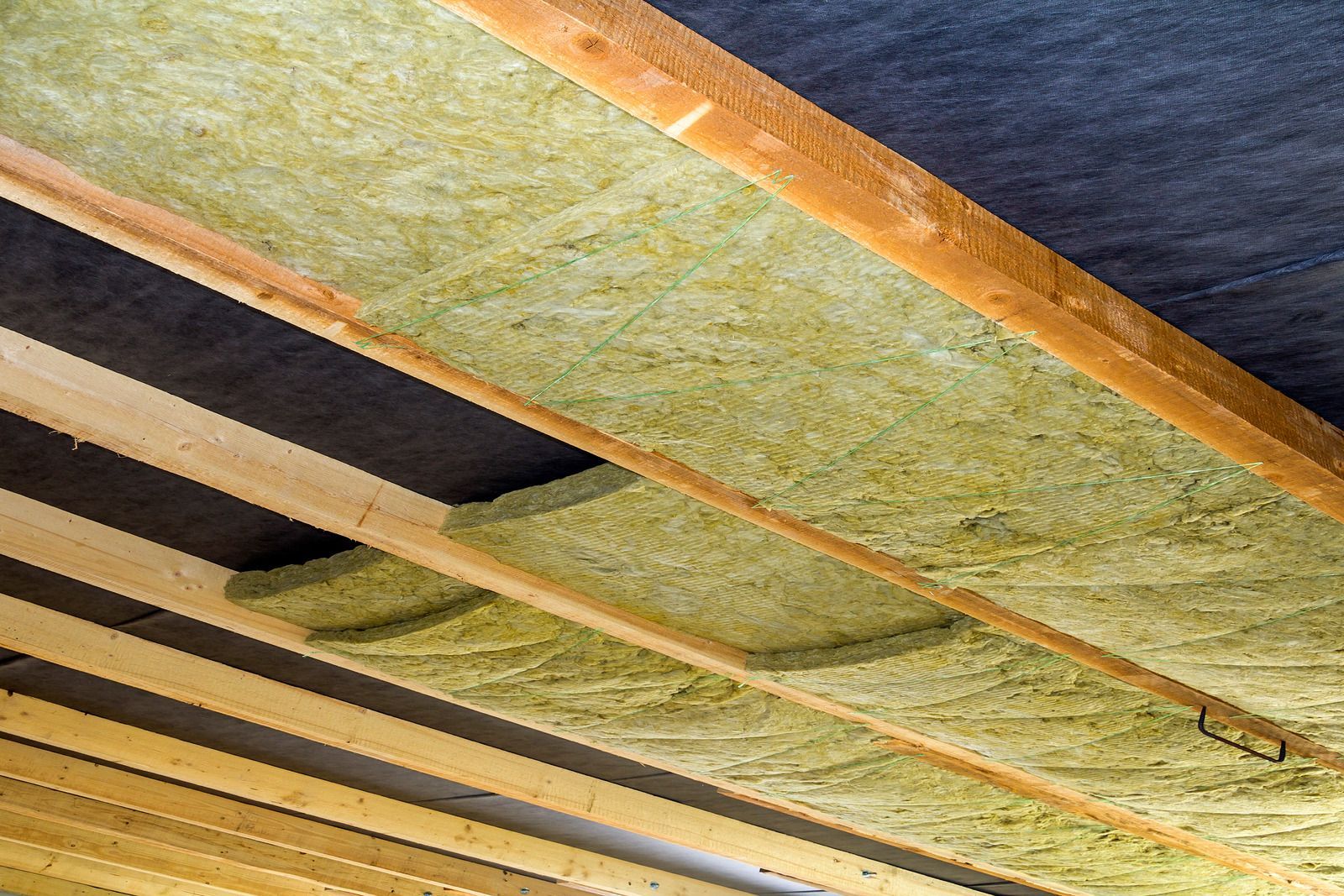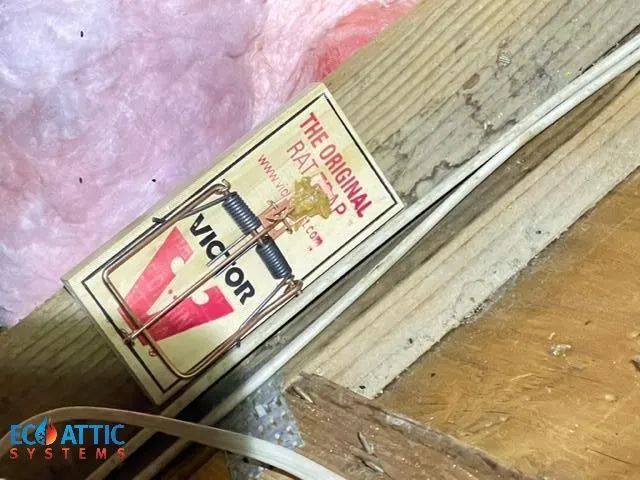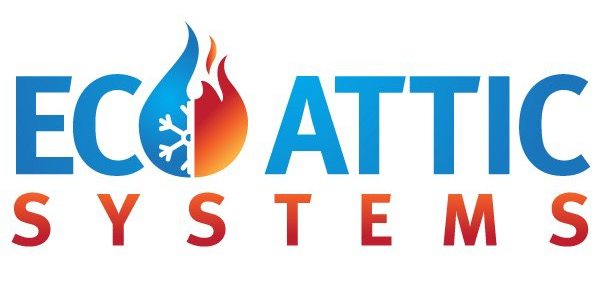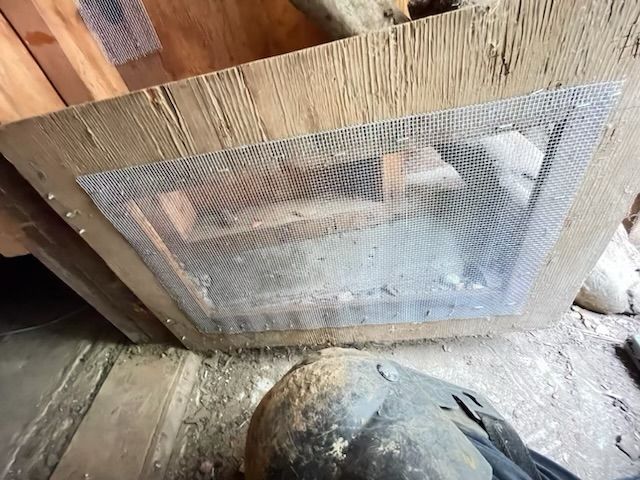How Proper Attic Ventilation Improves Indoor Air Quality and Energy Efficiency
Your attic might seem like an isolated space, but it plays a surprisingly significant role in the comfort and health of your entire home. Improper attic ventilation can lead to many problems, impacting your indoor air quality and energy bills. In this article we will discuss the advantages of attic ventilation.
Signs of Inadequate Attic Ventilation
Here are some signs that your attic might not be properly ventilated.
- High energy bills during summer
- Excessive heat in the upper floors of your home
- Visible moisture condensation on attic surfaces
- Presence of mould or mildew growth in the attic
- Ice dams forming on your roof in winter
The Science of Attic Ventilation
Attics are vulnerable to extreme temperature fluctuations. During the summer, sunlight heats the roof, transferring that heat to the attic space. This heat gets trapped without proper ventilation, leading to scorching temperatures.
In winter, warm air from your living space naturally rises and can seep through cracks and leaks into the attic. This warm, moist air can condense on cooler attic surfaces, leading to moisture buildup. Excessive moisture creates a breeding ground for mold and mildew growth, which can then infiltrate your living space through ventilation systems and cracks.
The Benefits of Proper Attic Ventilation
1. Improved Indoor Air Quality
Proper ventilation helps combat your attic's twin threats of heat and moisture. By allowing hot air to escape, ventilation keeps the attic cooler in the summer, preventing the heat from radiating into your living space and forcing your air conditioning system to work harder.
More importantly, ventilation helps remove moisture from the attic, preventing mold and mildew growth. Mold spores are a significant health hazard; breathing them in can trigger allergic reactions, respiratory problems, and even asthma attacks. By keeping your attic dry, you're creating a healthier environment for your entire family.
2. Enhanced Energy Efficiency
A poorly ventilated attic directly impacts your energy bills. Remember that scorching summer attic? That heat radiating into your living space forces your air conditioning system to work overtime to maintain a comfortable temperature.
Proper ventilation helps keep the attic cooler, reducing the heat load on your AC unit and resulting in lower energy consumption and potentially lower electricity bills. In winter, proper ventilation helps prevent ice dam formation on your roof. Ice dams occur when warm attic air melts snow on the roof, refreezing the eaves and causing leaks and potential damage. Proper ventilation keeps the attic colder, preventing ice dam formation, protecting your roof, and saving money on potential repairs.
Types of Attic Ventilation
There are two main types of attic ventilation.
Intake Vents
These vents, typically located at the soffits (underneath the eaves), allow cool air to enter the attic.
Exhaust Vents
These vents, usually located at the roof peak or ridge, allow hot, humid air to escape the attic.
Taking Action for a Healthier, More Efficient Home
If you suspect inadequate attic ventilation, it's crucial to take action. A qualified roofing contractor can inspect your attic and recommend the appropriate ventilation solutions. Proper ventilation is an investment that pays off in the long run.
By improving indoor air quality and reducing energy consumption, you'll create a healthier, more comfortable, and more energy-efficient home for yourself and your family.
